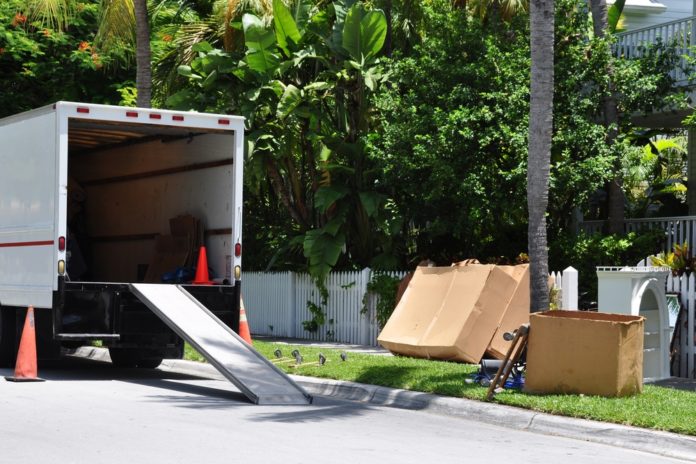Protest alleging that evaluation was inconsistent with the solicitation and that the best value analysis was flawed is denied. The solicitation stated that all technical subfactors had equal weight. The protester alleged the agency gave more weight to the awardee’s strengths under one subfactor than the protester’s strengths under another and thus did not give each subfactor equal weight. The court, however, found that while the solicitation required that subfactors be weighed equally, it did not preclude the agency from considering the magnitude of offerors’ strengths under each subfactor. The protester also alleged that the agency turned what was supposed to be a best value tradeoff into a lowest-price, technically acceptable procurement. But the court found that the agency considered the relative benefits of each offer.
Customs and Border Protection (CBP) issued a solicitation seeking employee relocation services. American Relocation Connections (ARC) and Reliance Relocations Services submitted proposals. CBP determined that the offerors’ proposals were essentially technically equal. Reliance, however, had a slightly lower price and ended up with the award. ARC filed a protest with COFC alleging that the evaluation was inconsistent with the solicitation and that the best value analysis was flawed.
The solicitation provided that each subfactor under the technical factor had equal weight. ARC alleged, however, that CBP did not give the subfactors equal weight because it gave more weight to Reliance’s strengths under one subfactor than it gave to ARC’s strengths under two other subfactors.
The court did not find this problematic. The SSA had determined that the offerors’ proposal were essentially equal under the most important technical factor. The SSA therefore had to choose a discriminator to distinguish between proposals. Despite requiring that subfactors be given equal weight, nothing in the solicitation prevented CBP from considering the magnitude by which one offeror’s proposal was superior to another’s. The SSA therefore had the discretion to analyze one offeror’s superiority over another. The SSA properly looked beyond the adjectival ratings to analyze the nuances of each proposal’s strengths and weaknesses.
ARC also alleged that the best value tradeoff was flawed. First, ARC contended that CBP minimized differences between proposals, elevating the relative importance of price. This, ARC argued, turned a best value tradeoff into a lowest-priced, technically acceptable procurement.
The court tossed this argument. Both offerors had identical adjectival ratings on the two non-price factors, but ARC’s price was 15 percent, or almost $1 million higher. The SSA considered each proposal’s strengths and weaknesses beyond the adjectival ratings and determined that ARC’s slight advantage under the past performance did not warrant the price premium. Given the SSA’s wide discretion in a best value procurement, the court could not say that the selection of the lowest price proposal was unreasonable.
CBP further alleged that the SSA did not sufficiently document the vest value tradeoff. But the court found that the SSA devoted two pages to thoroughly explaining the tradeoff and went into great detail evaluating each proposal’s strengths.
ARC is represented by W. Barron A. Avery and Brian V. Johnson of Baker & Hostetler, LLP. The intervenor, Reliance, is represented by William F. Savarino, John J. O’Brien, and Joshua Schnell of Cordatis, LLP. The government is represented by Shari A. Rose, Joseph H. Hunt, Robert E. Kirschman, Jr., and Douglas K, Mickle of the U.S. Department of Justice.





